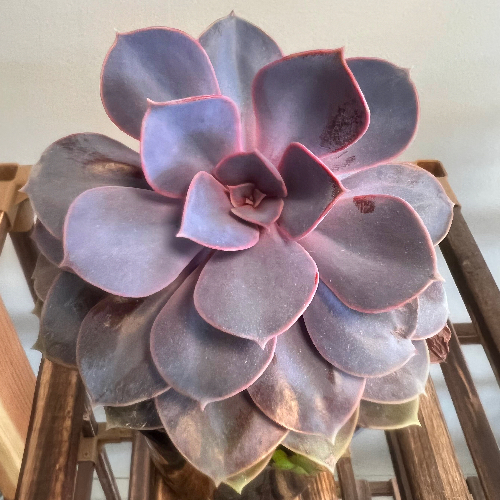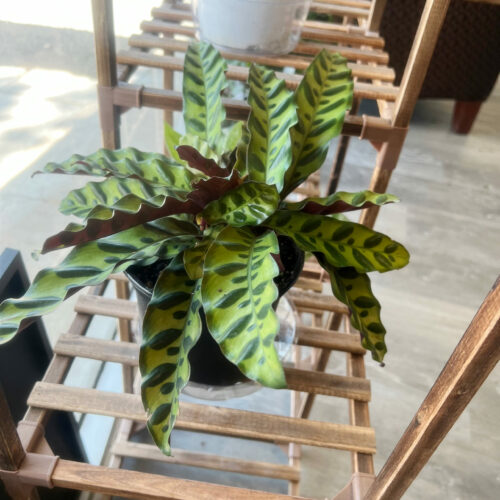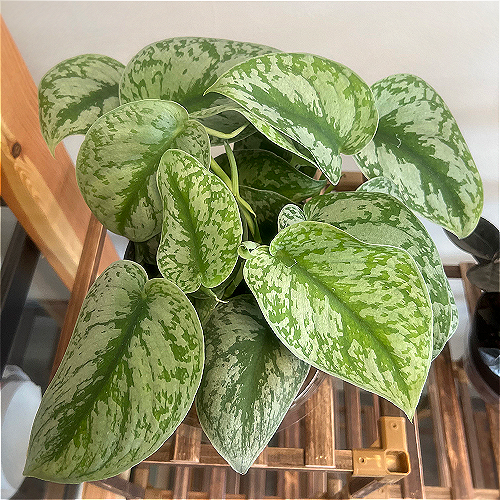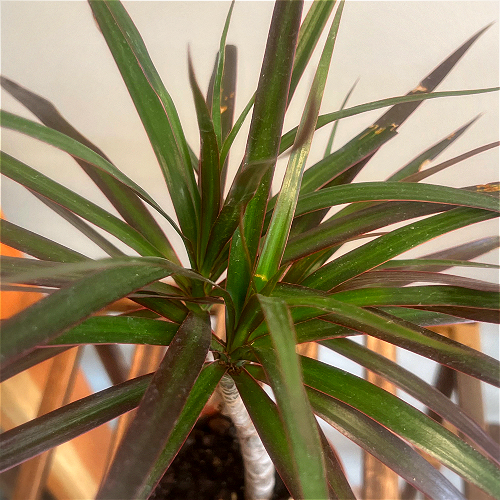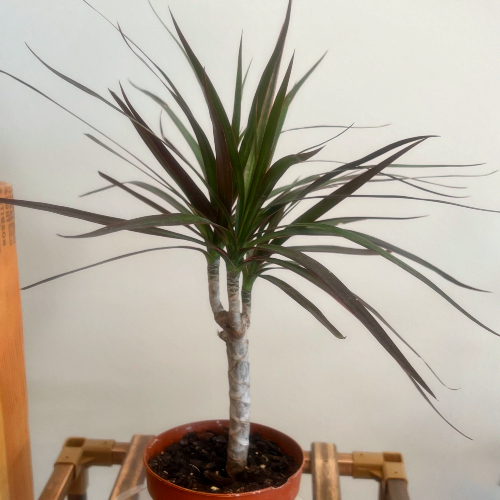Description
The Purple Echeveria succulent is a vibrant plant with lavender-colored foliage arranged in a rosette shape. The leaves of this succulent are coated with a powdery substance called farina, which acts as a protective layer in full sun.
To maintain their colors and compact rosette form, Echeverias require bright sunlight. They cannot survive in freezing temperatures, so if there’s a risk of frost, it’s advisable to bring them indoors and place them on a sunny windowsill or under a grow light.
Like most succulents, Echeverias need excellent drainage and infrequent watering to prevent root rot. It’s important to use containers with drainage holes and a well-draining cactus and succulent soil mix. This soil mix should consist of 50% to 70% mineral grit such as coarse sand, pumice, or perlite. When watering, ensure that enough water is applied for it to flow out through the drainage holes. Afterward, allow the soil to completely dry out before watering again.
Echeverias are also known as “Mexican Hens & Chicks” because they can produce new offsets or “chicks” on stolons that grow around the base of the mother plant. These offsets can be left to form a neat cluster or they can be removed and transplanted to new locations. Additionally, Echeverias can be propagated through stem cuttings or by using mature leaves.

